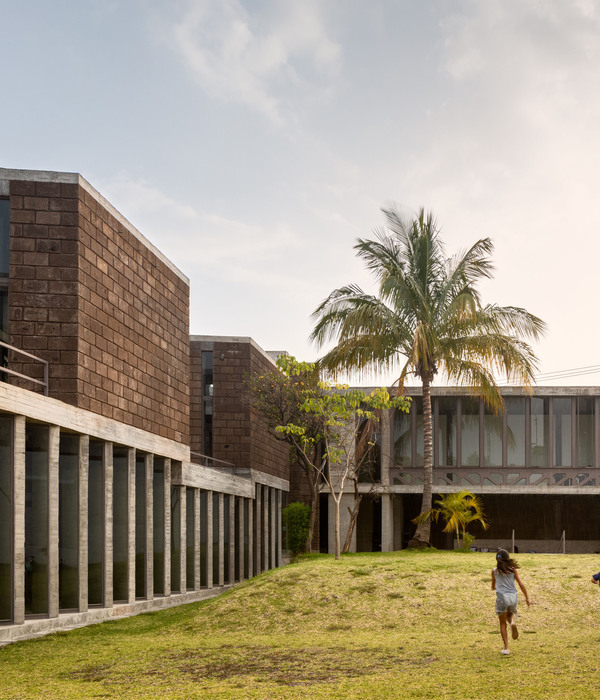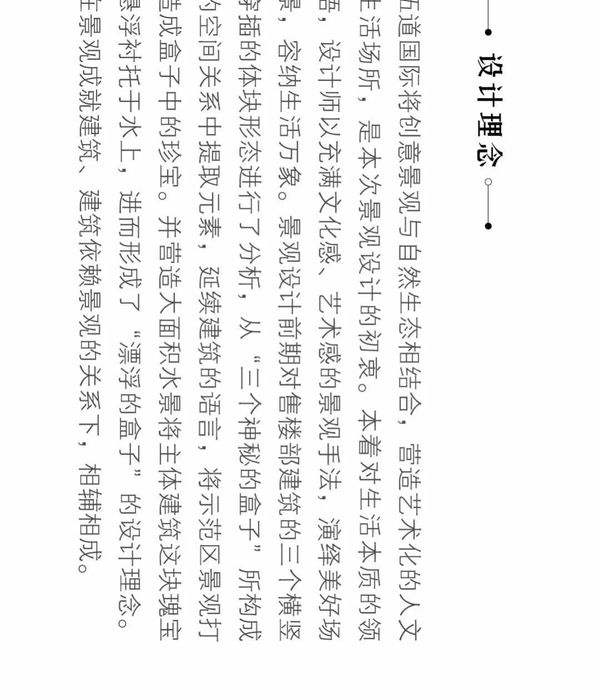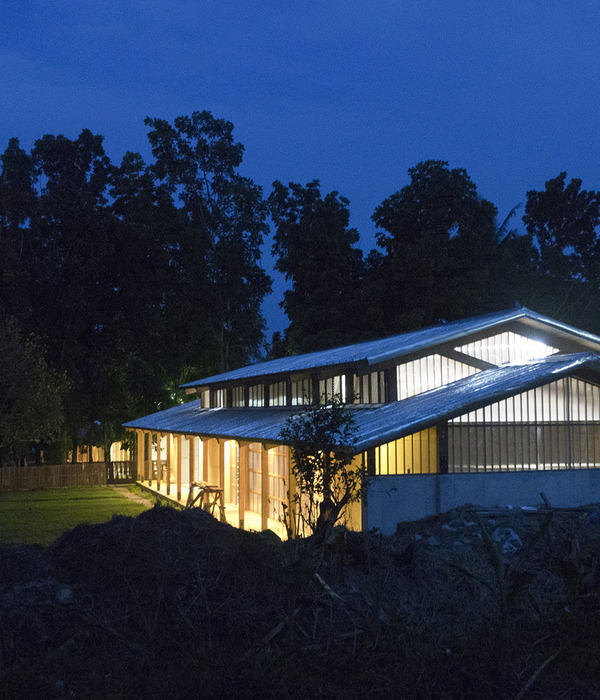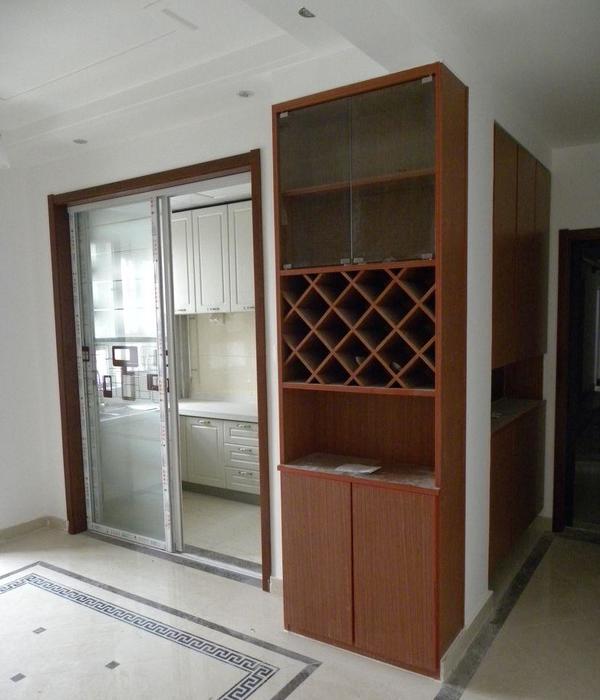Considered by historian Tim Doling as one of the three great colonial railway works built during the early 20th century, the Gia Lam Train Factory was initially built as a mechanical depot where train locomotives underwent maintenance and repair (Doling). Positioned strategically at the junction of four prominent rail lines, the factory was a material witness of Vietnamese history during its lifespan. The factory serves the movement of goods with an extended network of agents and cultivates the mobility of cultures and ideologies that shape Vietnamese subjectivity. Currently being scheduled to relocate away from its current site, the factory’s future and historical legacy are uncertain and at risk of being eroded under the pressure of urban redevelopment
In the context of this project, “The Grid,” where the central theme revolves around the concept of experimentation in repurposing the factory, we find ourselves immersed in a larger narrative of transient urbanism. The architect intended to integrate the factory into a process that transformed temporality into permanence. This concept of space essentially serves as a manifesto against prevailing contemporary construction practices prioritizing speed and mass production per capita volume over preserving the city’s rich industrial legacy. The space within the exhibition's realm is a platform for broader engagement, extending well beyond the immediate site. It invites and encourages a critical examination of construction methods, retrofitting processes, and the site's future potential through collaborative efforts involving the local community.
At the crux of "The Grid" lies a concept deeply rooted in the existing warehouse structure, fostering an intimate connection between the old and the new, the past and the present. Instead of imposing a generic design, the architect undertook a meticulous approach, seemingly excavating the architectural blueprint from the very essence of the space. The design doesn't appear as an imposition but as a contextualized structure— that feels inherently embedded within the warehouse's historical framework. It's an architectural dialogue between history and contemporary, where the new design doesn't overshadow the old but complements and accentuates its charm. This architectural approach not only preserves the warehouse's identity but also imbues the exhibition space with a profound sense of belonging. This place feels like it has always existed within the confines of its historical roots.
The design ethos was to create an environment that preserves historical integrity and honors its evolution, portraying a narrative of continuity and adaptation. Drawing inspiration from Schiffer's 'Behavioural Archaeology,' the intervention delves into an engaging dialogue that resonates with Rossi's idea that "the city, like the collective memory of its people, is intertwined with objects and places." This perspective takes concrete form in the recreation of an archaeological site, emphasizing the exploration of its history during the early 20th century. Through an immersion in the existing tapestry of the Gia Lam Train Factory, the intervention aspires to preserve its profound spiritual resonance, effectively elevating it to a memorial status.
Within this framework, the abandoned factory undergoes a metamorphic process, wherein it is systematically reconstructed and documented as a repository of not just materials but also the memories and untold stories of its past. This narrative-rich approach mirrors Schiffer's 'Behavioural Archaeology,' where people's behavior and interactions with objects and places are central to understanding their historical significance. In its reconstruction, the factory captures the essence of these interactions, preserving the stories and experiences of those who once breathed life into its walls.
The exhibition space of Hanoi ad hoc, organized in a grid format, pays homage to the rich tapestry of Vietnamese industrial heritage, which began in the mid-20th century. The structure of the grid relates to the socialist ideology of equality and also the efficiency of circulation and production that fosters industrialization and modernization. This approach to spatial organization is reminiscent of the famous Eixample district in Barcelona, where Ildefons Cerdà's urban grid plan was implemented in the mid-19th century, much like Cerdà's vision for a more equitable and efficient city. The architect's approach to "The Grid" project transcends mere structural design; it's a meticulous orchestration that embodies the grid principle at every level, from the macro to the micro, creating a unified tapestry of spatial organization and materiality.
At the macro level, the entire architectural plan adheres to the grid principle based on the structural span of the existing warehouse. Each section of the space aligns with this overarching grid, establishing a sense of order and purpose without compromising fluidity and flexibility. Moreover, this grid isn't just confined to horizontal planes but extends vertically, creating a multidimensional framework that seamlessly integrates various levels of the exhibition space. Delving deeper into the microcosm of materials, the architect embraced the grid principle in choosing materials—particularly the implementation of metal grating. The use of the metal grating provided structural integrity and lent a sense of transparency and dematerialization to the space. Its fractal elements echoed throughout the structure, accentuating the dematerialization principle, creating an interplay between solidity and transparency, thus blurring boundaries between physical elements and the surrounding space.
In essence, "The Grid" at Hanoi's Train Factory isn't just an architectural feat; it's a narrative woven through design. It bridges historical legacies with contemporary creative industries, elevating forgotten spaces into vibrant cultural showcases. The proposed project represents a pioneering acupuncture intervention aimed at initiating comprehensive activation of the entire industrial site through its potential for a ripple effect. It is a testament to the enduring relevance of thoughtful urban planning and design innovation in reshaping our cities for future generations.
{{item.text_origin}}












